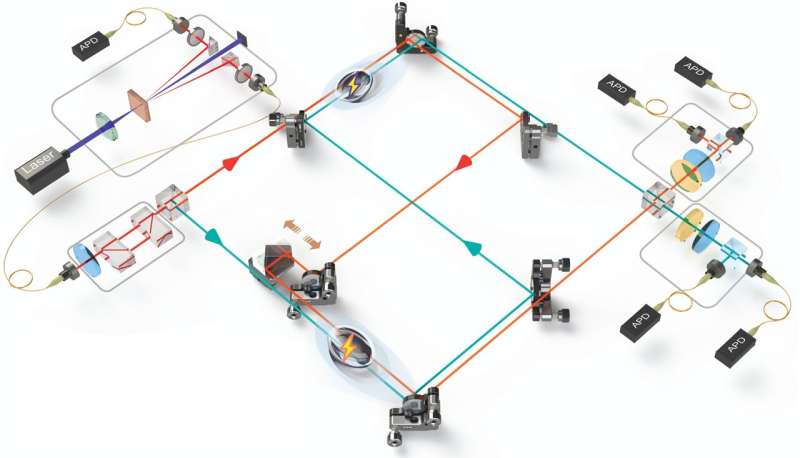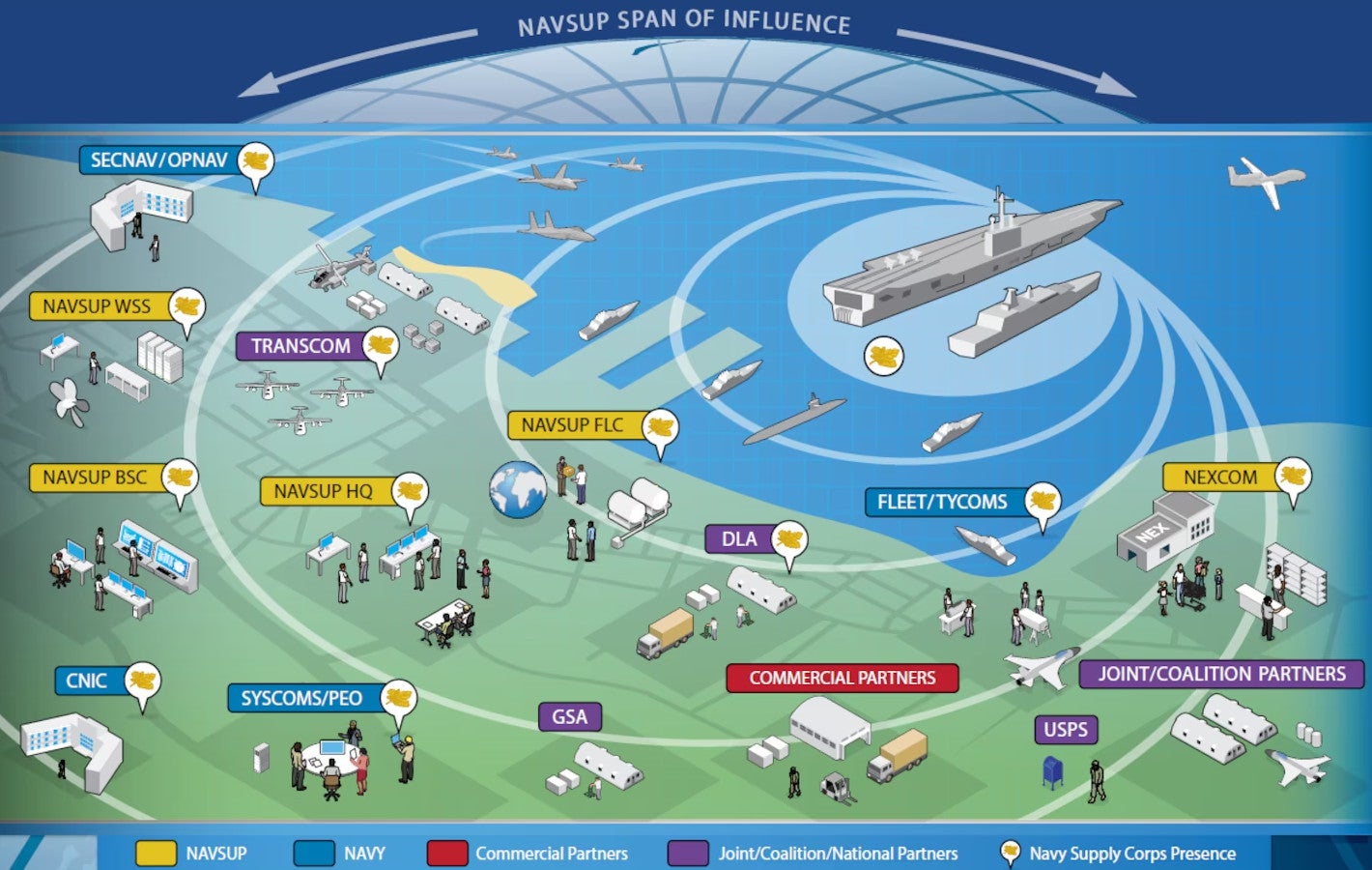The Court of Justice in Luxembourg ruled on Thursday against the appeal of the EU Commission. The Commission challenged a 2021 decision of the General Court of the European Union, which annulled the Commission’s illegal state aid charges against Amazon.
[…]
In a statement from October 2017, the EU Commission concluded that Luxembourg granted undue tax benefits to the online sales giant by allowing it to shift profits to a tax-exempt company, Amazon Europe Holding Technologies.
[…]
Back in 2003, the Grand Duchy accepted Amazon’s proposal on the tax treatment of two of its Luxembourg-based subsidiaries, allowing Amazon to shift profits from Amazon EU, which is subject to tax, to a tax-exempt company, Amazon Europe Holding Technologies.
After a three-year investigation launched in October 2014, the European Commission concluded in 2017 that the online sales giant received illegal tax benefits from Luxembourg.
[…]
The General Court ruled in 2021 that “Luxembourg had not granted a selective advantage in favour of that subsidiary”, annulling the EU Commission’s decision.
The Commission then submitted its appeal against the ruling of the EU’s lower court, which was now rejected by the Court of Justice, the EU’s top court. The verdict is another blow at the approach of Margrethe Vestager, who for a decade held the post of EU competition chief, also losing a landmark case contesting Apple’s tax regime in Ireland.
[…]
According to Matthias Kullas, Centre for European Policy expert on digital economy and fiscal policy, the ruling makes it more difficult for the Commission to take action against the aggressive tax planning of large digital companies.
“Aggressive tax planning means that taxes are no longer paid where economic value is generated. Instead, companies are established where taxes are low,” Kullas told Euractiv.
Companies with aggressive tax planning reduce their participation in financing public goods in the market. Yet, proportionate participation would only be fair, as these companies likewise benefit from public goods, including education and the administration of justice, Kullas explained.
“Against this backdrop, the minimum taxation that will apply in the EU from 2024 is a step in the right direction but does not solve the problem,” Kullas added.
For Chiara Putaturo, Oxfam EU tax expert, the EU tax rules do not work for the people but benefit the “super-rich and profit-hungry multinationals”.
[…]
“Profit-driven multinationals cannot continue to sidestep their tax bills by having a mailbox in countries like Luxembourg or Cyprus,” she added.
In November, the EU, US, and UK voted against the UN tax convention to fight tax evasion and illicit financial flows, arguing that the Convention would be a duplication of the OECD’s work on tax transparency.
Source: EU’s top court rules in favour of Amazon in €250m tax dispute – EURACTIV.com



